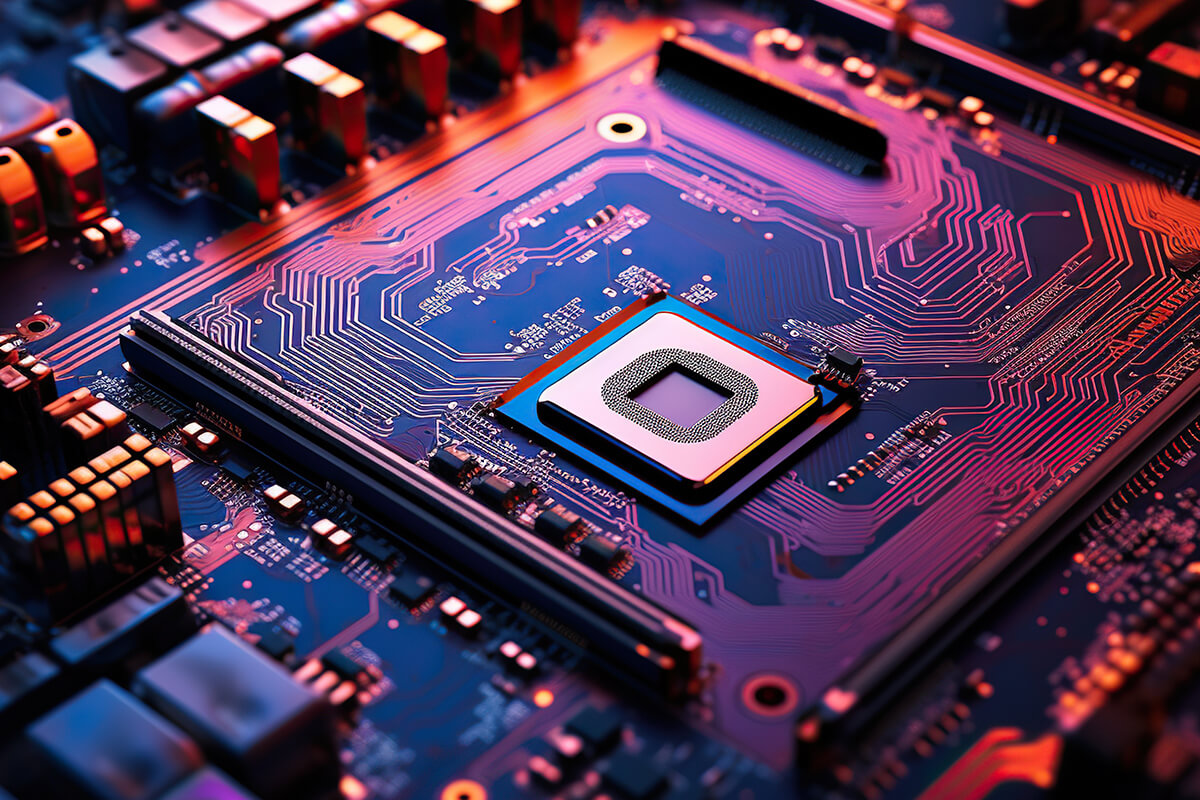Do you remember the days when we used to video call with varying speeds lagging video, and talk via landline phones? Gone are the days, now, we are in an era of the internet where 5G is an emerging technology. 5G technology is revolutionizing the world of embedded design solutions. As we are stepping into the world of advanced and wireless technology, embedded systems are crucial components that provide a base for technology accessibility. Embedded systems are soaking up all that require high-speed data transfer, making things like autonomous cars and smart cities work like a charm. The impact of 5G is significant on embedded systems. This blog is meant to explore the potential impact of 5G on future embedded systems.
How 5G Is Revolutionizing the Embedded Product Design
Increased Data Rates
5G is the fifth generation of mobile networks. It can provide up to 6400 MBPS speed. Due to this, increased data rates can be achieved, specifically for the applications that need high-speed data transmission. Furthermore, embedded programming becomes crucial in enabling high-speed data transfer applications.
Lower Latency
The time taken by the data packets to travel from source to destination is known as latency. It is a critical factor for applications, for instance, autonomous vehicles that require real-time data processing. 5G promises to deliver latency of less than 1 millisecond. It is significantly lower than 20–30 milliseconds, typical of 4G.
Greater Reliability
5G also offers significant reliability compared to previous generations of wireless communication technology. This is accomplished through introducing advanced error-correction techniques and redundancy in the network architecture. The enhanced reliability is of utmost importance in applications requiring high uptime, like healthcare or industrial automation.

Impact of 5G on the Embedded Systems Future
Customization and Flexibility
5G networks provide greater flexibility and customization options, allowing embedded design services to adapt to specific requirements. This is particularly relevant in industries where specialized embedded systems are used, such as healthcare, automotive, and industrial automation.
Edge Computing
5G facilitates the growth of edge computing, where data processing occurs closer to the source of data generation. This reduces the need to transmit large amounts of data to centralized cloud servers, resulting in lower latency and improved efficiency. Embedded systems at the edge can process data locally, benefiting from the high data speeds and low latency offered by 5G networks.
IoT Connectivity
The Internet of Things (IoT) relies on seamless connectivity between devices. 5G’s ability to handle a massive number of simultaneous connections makes it well-suited for IoT applications. Embedded systems play a critical role in IoT by providing the computing power and intelligence for connected devices. With 5G, these embedded systems can support a more extensive range of IoT devices and applications.
Enhanced Mobile and Wireless Connectivity
Embedded systems often collaborate with mobile devices in various applications. 5G’s introduction enhances the synergy between these systems, offering more efficient mobile-to-embedded communication. This is particularly relevant in applications like healthcare, where embedded systems in medical devices can seamlessly communicate with mobile devices, enabling remote monitoring and timely interventions. The improved connectivity also benefits industrial automation, where embedded systems and mobile devices work in tandem for streamlined operations.
Also Read: Memory Testing in Digital VLSI Designs

Tessolve: Your Partner for Sophisticated Embedded Design Services
The impact of 5G technology on the future of embedded systems is profound and multifaceted. From providing unprecedented data speeds and low latency to transforming the landscape of IoT connectivity and enabling edge computing, 5G is a catalyst for innovation across diverse industries. The collaboration between embedded systems and 5G technology opens doors to new possibilities, shaping a future where smart cities, autonomous vehicles, and immersive technologies are seamlessly integrated into our daily lives. As we navigate this technological frontier, the synergy between 5G and embedded systems will continue to redefine the boundaries of what is possible, ushering in an era of connectivity, efficiency, and unparalleled innovation.
Tessolve is a renowned embedded product design services company that delivers end-to-end product design services in the embedded domain. We have a passionate team of 100+ engineers who are focused on delivering high-end video, audio, and multimedia-embedded systems. Apart from this, we have a track record of more than 35 products delivered to customers in an ODM model.
For more information, visit the website. Get ready to uphold the innovation in embedded systems through the impact of 5G technology.



